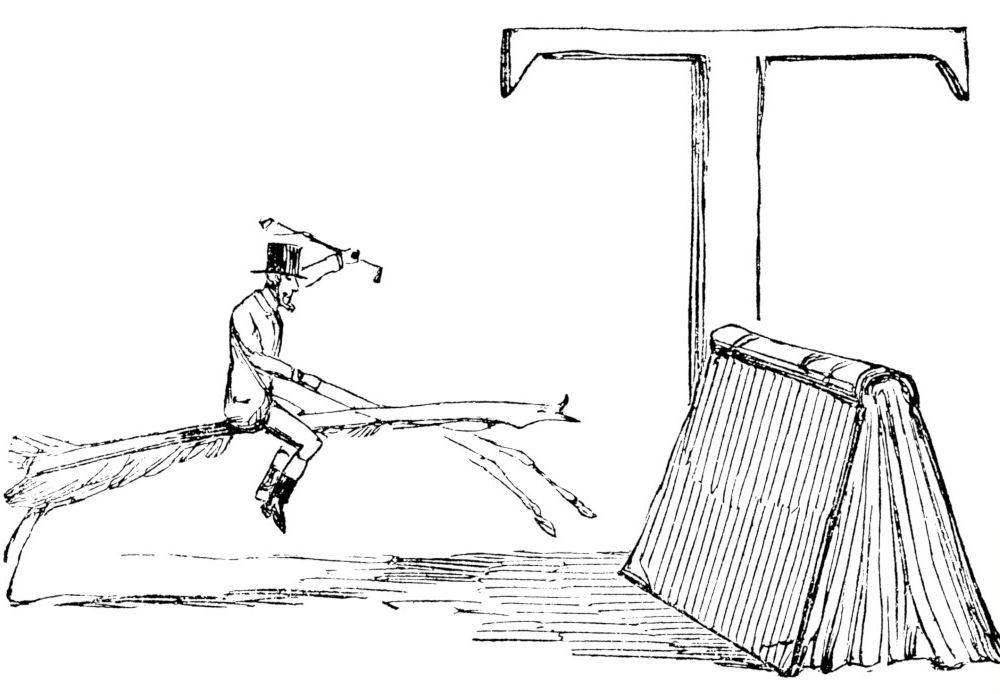What is Word Form? What is a wrong word form?
Word Form refers to ways the form of a word in English conveys different meanings.
3 Common Word Form Examples: -s, -ing, -ed
- The third person singular verb in English has an -s on the end: “He sits on the bus, while I stand, and they hold on.“
- Adding -ing to a verb means that it is happening in the present time: “He is sitting on the bus right now.”
- Adding –ed to a verb means that it happened in the past: “They danced in the moonlight.”
Irregular Verb Forms
Additionally, English has a number of irregular verb forms.
Example:
- Incorrect: He sitted on the bus.
- Correct: He sat on the bus.
Related Concepts: Editing; Proofreading; Register
How can I edit for the wrong form of a word?
There is no easy way to edit for a wrong form of a word error, except to read each word of your text carefully. As you grow more familiar with English, you will begin to naturally add the correct word forms!
You might also find it useful to study a list of common regular verbs and irregular verbs.
However, this doesn’t mean you should check the form of very word when you’re drafting a paper. When composing, you are wise to disregard any concerns for word forms. After all, you don’t want to interrupt the flow of your thinking. Focusing on minutiae when you need to define your rhetorical stance is more than a distraction: it’s a waste of time.
When you have a solid rough draft, step away from the paper for a bit, and then return with the specific purpose of editing word forms. This is a different way of thinking about writing: you are focusing on the details of grammar and diction here, not the big picture of what you are saying.






















